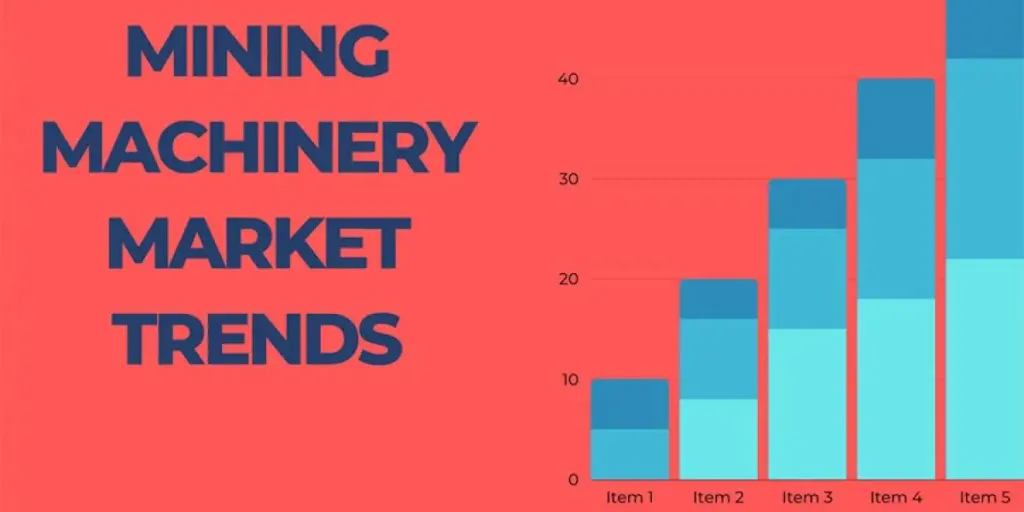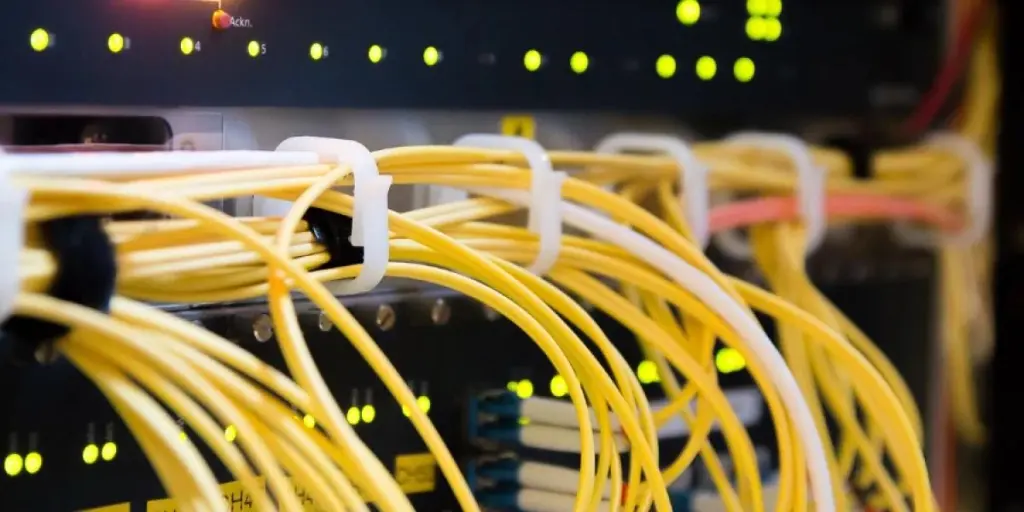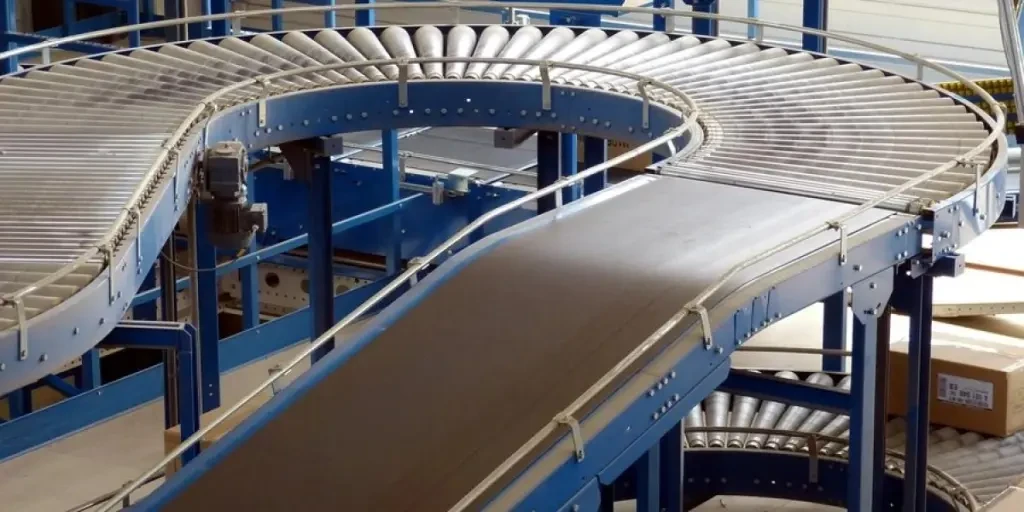The mining equipment market is growing faster than ever before. The growth is caused by many global construction activities that rely on mining equipment to extract sand, gravel, limestone, and gypsum.
Countries and companies will continue constructing roads, buildings, bridges, and factories, thus propelling demand for mining machinery.
This article focuses on the emerging technical and country trends in the mining machinery market and how they affect productivity. This knowledge will undoubtedly help businesses to reap from the industry growth.
Here is the global market projection.
Table of Contents
The global market projection for mining machinery
Mining market trends in different countries
Technological trends
The global market projection for mining machinery
In 2021, the global mining machinery market was valued at $133 billion and was expected to grow at a compound annual growth rate (CAGR) of 4.1% to reach $185 billion by 2030.
Some of the growth driving factors for the mining equipment market include:
– Increased use of automatic machinery for underground mining
– The expected expansion of road and railway networks through hilly areas in countries like China and India
– Advanced digital innovation in the mining industry in the coming few years
– Increased government support and investments in various digital innovations
– Innovations and improvements in extraction equipment and technologies
The positive industry statistics attract huge interest from investors in various quarters.
Mining market trends in different countries
Several global industries rely on the mineral commodities extracted from underground, like coal for energy and iron and steel for construction.
This has led to faster mining market growth from $2,064.72 billion in 2022 to $3,358.82 billion in 2026 at a CAGR of 12.9%. This growth can be explained by various government policies that support the mining industry. Consider some trends for various nations.
Brazil
Brazil is a global mining powerhouse occupying the top five among the global mineral producers with proven reserves of valuable commodities. It is the number one global producer of niobium and has the second-largest ore for manganese and iron.
Brazil is also ranked one of the top producers of tin and bauxite and it is rich in gold deposits, nickel, phosphates, copper, aluminum, and rare earth. The country has dedicated several areas to mining, resulting in notable trends.
The country hosts the world’s third-largest mining company and the largest producer of iron ore—Vale.
The Brazilian mining industry offers several investment opportunities, including:
– Sale of mining equipment such as autonomous trucks, heavy equipment, belt conveyors, earth moving machines, grinding equipment, and drilling machines.
– Maintenance services for exploration, mapping, drilling, and extraction equipment.
– Deployment of underground mining equipment, which is in the development stage in the country.
Australia
Mining is Australia’s major economic pillar, with the country generating huge revenue from exporting several valuable resources. The mining industry pumps hundreds of billions of Australian dollars into the economy and employs thousands of Aussies.
This industry also contributes to the influx of immigrants seeking better lives.
The country mines and exports coal, iron ore, gold, alumina, bauxite, and other minerals, with coal being the main energy supply for the country.
Australia also has the world’s largest gold mine reserves and is a global leader in the highly demanded lithium mineral. Furthermore, the country has adequate natural gas and rare earth elements, contributing to Australian mining trends.
Australian mining provides unique opportunities for native and foreign investors. These opportunities include:
– Supply of high-tech mining equipment like driverless vehicles, drills, and excavators from Japan, USA, China, and Germany
– Increased exports
– Supply of renewable energy through blue hydrogen production
Indonesia
The Indonesian mining and metals industry greatly contributes to the country’s GDP by 4-6%. In 2020, the sector contributed $35.6 billion in revenues, signifying a CAGR of 11.6% from 2016.
This Asia-Pacific country has approximately 17,000 islands with large mineral production and reserves, such as coal, gold, copper, bauxite, nickel, and tin. Indonesia is the world’s third-largest coal producer, exporting 80% of its dry fuel production.
The Indonesian mining industry provides opportunities for investors, including:
– Provision of innovative solutions in coal and mineral processing
– Innovation of renewable energy as the country aims to move its mining industry from fossil fuels to solar, hydro, and biomass
– Supply of electric and energy-efficient vehicles to explore underground mining
Chile
Chile is another country with a large mining industry focusing on copper production. It produces 29% of the world’s copper and occupies position two in lithium production (22% of the global share).
Chile produces a high quantity of rhenium, iodine, and potassium nitrate. In 2021, the mining industry pumped $317 billion into the country’s GDP, which is 15% of its exports.
This Andean country has proven to be a major player in the mining industry. Although copper is the primary metal in Chile, mining companies also harvest silver, molybdenum, and gold.
Investors should note that technological advancements in the industry have generated several unique opportunities such as:
– High demand for electric vehicles
– Favorable mining laws that make it easy for investors to establish mining companies in the country
Technological trends
The mining machinery market is also affected by several technological trends intended to increase productivity, reduce costs, and protect the environment. Consider some of these trends.
Automation systems
The mining industry is embracing technology by acquiring new equipment and machinery. The new machines are intended to increase productivity and reduce accident risks in the mines.
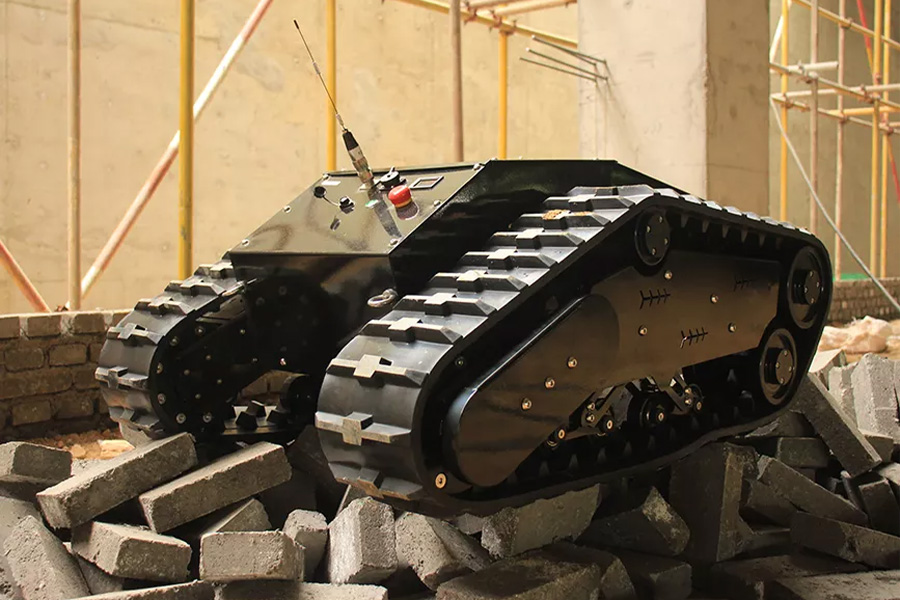
Some new mining equipment includes underground mining robots, electric battery-powered mining haul trucks, underground electric rock loaders, drills & breakers, autonomous vehicles, and equipment.
Automation systems also reduce overreliance on human labor and provide accurate data for decision-making.
Machine learning
The mining industry uses AI to enhance asset performance and predict machine maintenance, thus reducing unexpected downtime.
Machine learning helps explorers to find raw materials, improve ore management, and enhance health and safety controls.
Besides safety controls, installing AI initiatives like sensors that detect the deterioration of ores results in significant cost savings.
Deployment of new technologies
The adoption of new technologies such as tactical and operational table software in Brazil helps mining companies evaluate the mine-rail-port chain. This evaluation can alleviate the impact of rail or equipment breakdown.
The software can also detect railroad interruptions, alert the team, and recalculate the new train route.
Green technology
Climate change and its environmental impact contribute to the adoption of green mining technology. Mining companies are embracing clean energy technologies to reduce the emission of greenhouse gases into the atmosphere.

These companies combine solar PV systems, wind, gas, and battery to reduce their mine carbon footprint. They track their carbon emissions to determine areas of improvement to meet the government’s carbon reduction goals.
Health and safety
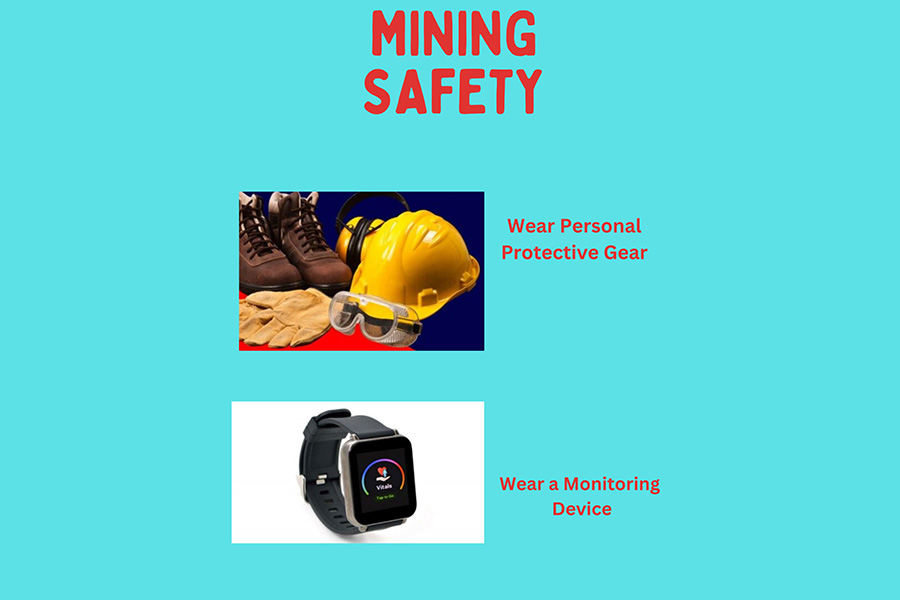
Another mining trend is the increased focus on the health and safety of miners by investing in smart helmets and wearables. Prevention and protection of miners at the workplace are vital in helping companies achieve a zero-risk industry.
Besides addressing miners’ physical health, there is an increased focus on employees’ mental health.
Renewable energy/moving to a low-carbon economy
Several mining nations have implemented a carbon tax, forcing mining companies to put plans in place for adopting low-carbon technologies. Many companies are considering replacing or complementing fossil fuels with renewable energy such as biomass, solar, and electric-powered equipment.
Smart mining and the Internet of Things
The mining industry partnered with the 5G network providers, thus facilitating the deployment of smart mining. Smart mining is expected to improve miners’ work safety by reducing the risk of injuries.
Additionally, smart mining involves using artificial intelligence and big data to help with swift decision-making. It will also help implement various systems, methods, and policies to support multiple companies’ operations.
3D printing

Mining companies are cooperating with 3D printing companies to enhance the production of mining machinery parts. With 3D printing technology, the industry looks forward to creating tonnes of machine parts daily.
Remote operations
One of the major mining trends is the adoption of remote operations, which was accelerated by the pandemic. Although some companies had been developing and promoting remote operation solutions, the mining industry was apprehensive about it.
However, with digitalization, some operations can be done remotely, thus reducing site congestion and potential accidents. Autonomous operations also encourage remote operations where machines can continue working even without humans entering the mines physically.
Conclusion
Mining companies and investors targeting various global ores can benefit from multiple trends in these countries. Every mining country has emerging technologies and trends affected by legislation and land laws.
One can use the trends to invest in modern machines to improve production and minimize environmental impact. These trends can also help investors reduce operation costs and comply with international mining standards.
